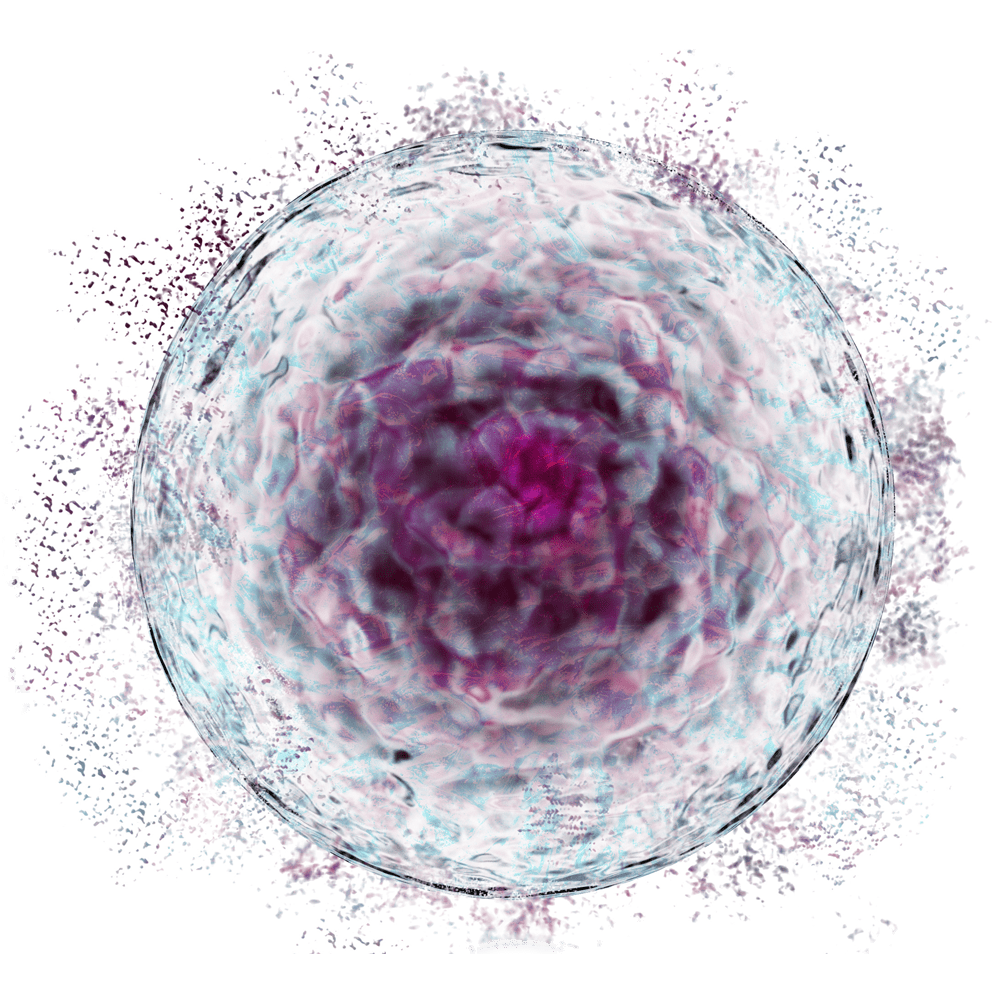Regenerative medicine
Shorter turnaround times and rapid iteration
Regenerative medicine
Advances in stem cell therapy afford an alternative therapeutic strategy for treatment of human diseases in clinical therapy. Due to their unique characteristics, stem cells are considered a potential tool to understand and model many critical diseases such as cancer, neurodegeneration, and cardiovascular disease.
Compared with multipotent embryonic stem cells (ESCs), induced pluripotent stem cells (iPSCs) — successfully generated from somatic cells by transfecting four transcription factors (Oct4, Sox2, Klf4, and c-Myc) in fibroblasts — could overcome the limitations of multipotent stem cells that commit to differentiate into only several lineage cells and the ethical concern of ESCs that need the oocytes and embryo destruction.
Further, iPSCs possess abilities to generate other stem cells, and a variety of immune cells for broad clinical requirements. Therefore, using iPSCs in stem cell therapy has potential in regenerative medicine.

Rapidly iterate through optimization and formulation workflows
While human induced pluripotent stem cell (hiPSC) culture has become routine in the lab, pluripotent cell media costs, frequent media changes, and reproducibility of differentiation have remained restrictive, limiting the potential for large-scale projects.
High-throughput solutions on the BioXp® system increase turnaround time and provide the flexibility to rapidly iterate beyond what was previously possible — particularly in the optimization and formulation of novel hiPSC culture mediums using codon-optimized recombinant proteins.